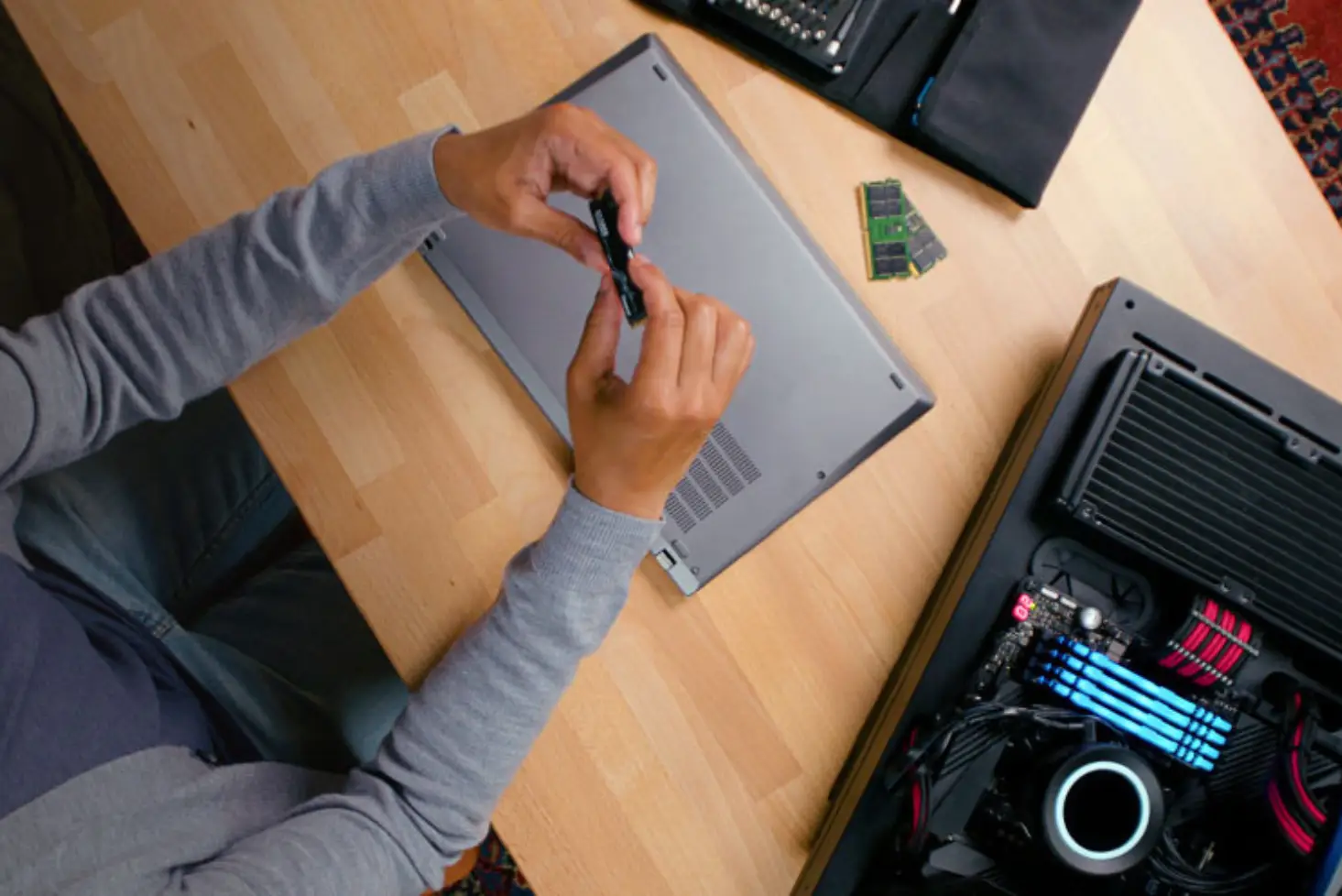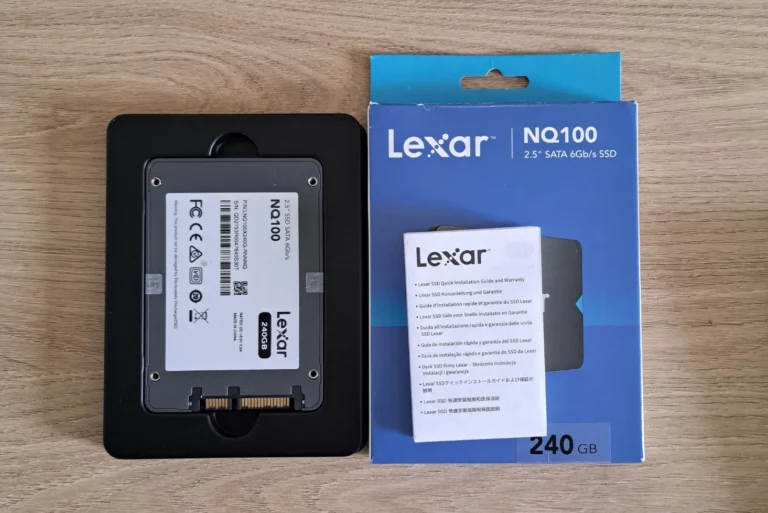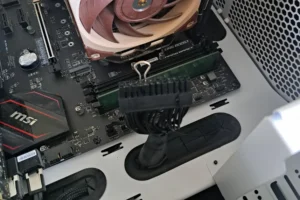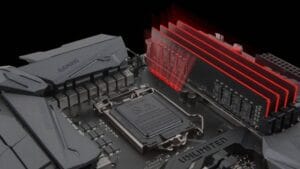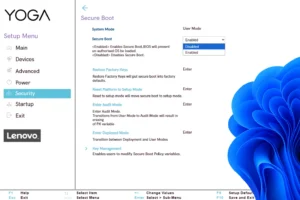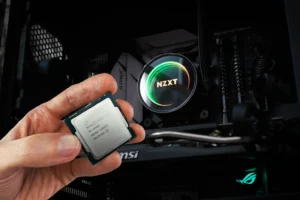If you’ve ever used an old hard disk drive (HDD), you know how random their lifespan can seem. One day, everything’s fine, and the next, nothing works because of a mechanical failure.
With SSD disks, it’s a completely different story: it’s now possible to anticipate their lifespan. This is a huge advantage for conscientious users who want reliable long-term storage. In this article, I’ll show you how you can estimate how long your future SSD will last, even before you buy it. This will help you avoid unpleasant surprises.
How long does an SSD last?
The average lifespan of an SSD is estimated at around 7 years, although this is influenced by the maximum volume of data written (TBW, Terabytes Written) specified by the manufacturer and the SSD’s usage.
For example: a 250 GB SSD has a TBW of around 150 TB. If daily read and write usage reaches 400 GB or more, its lifespan may be reduced to one year.
For standard office use, where the daily load varies between 10 and 35 GB, the lifespan can exceed 10 years.
TBW (Total Bytes Written): total writing capacity before cells wear out
TBW or Total Bytes Written measures the total amount of data you can write to an SSD before its memory cells start to wear out significantly.
Each flash memory cell in an SSD has a limited number of write cycles (it can only be rewritten a certain number of times before it becomes unusable).
The higher the TBW, the more writes your SSD will be able to handle before reaching this critical threshold.
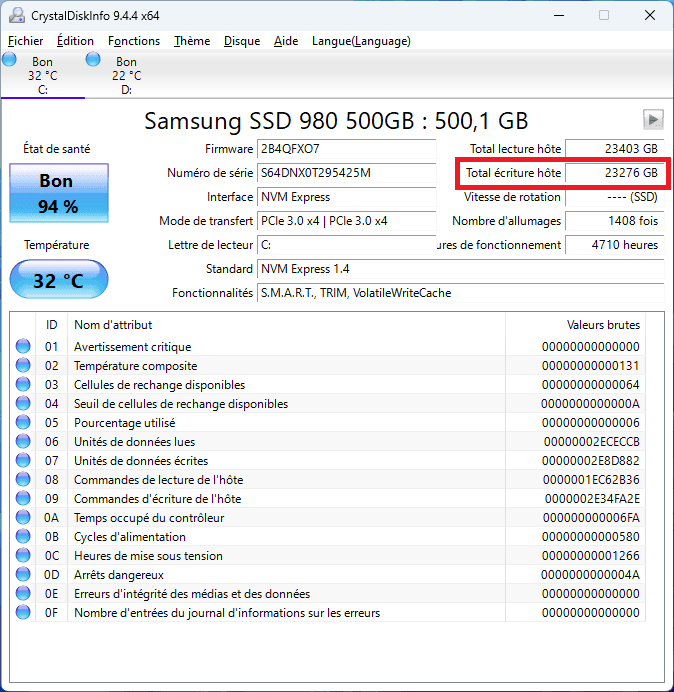
For example: with a 150 TBW SSD, you can write up to 150 terabytes of data to the drive before performance and reliability start to decline.
For an average user who writes between 20 and 30 GB of data a day, this represents several years of use. So it’s a great way to compare different SSD models according to your daily usage.
| User type | Data written per day | Estimated lifetime (TBW 150 To) | Estimated lifetime (TBW 300 To) | Estimated lifetime (TBW 600 To) |
|---|---|---|---|---|
| Light user | 10 GB | 41 years | 82 years | 164 years |
| Medium user | 20 GB | 20.5 years old | 41 years old | 82 years old |
| Intensive user | 50 GB | 8.2 years old | 16.4 years old | 32.8 years old |
| Professional (e.g. video editing) | 100 GB | 4.1 years | 8.2 years | 16.4 years |
| Intensive professional (8K rendering) | 200 GB | 2 years | 4 years | 8 years |
| Extreme professional (massive data processing) | 500 GB | 0.8 years | 1.6 years | 3.2 years |
Modern SSDs generally offer a high TBW, but if you work in sectors that require a lot of data writing (video editing, databases, etc.), this is a parameter to check very closely.
MTBF (Mean Time Between Failures): The average number of operating hours
MTBF (Mean Time Between Failures) gives an idea of how long equipment will operate before a failure occurs.
For example: A manufacturer states that its SSD has an MTBF of 1.5 million hours.
Under ideal test conditions, the equipment could operate for 1.5 million hours before breaking down. (this corresponds to around 170 years).
⚠️ This does not mean that your SSD will actually last 170 years. Rather, it reflects the statistical reliability of the product, calculated from long-term tests in controlled environments.
In practice, MTBF is most useful for mission-critical environments, such as data centers, companies running servers 24 hours a day, or professionals needing to guarantee continuity of service. Ultimately, a high MTBF means a lower risk of failure, enabling system administrators to better plan preventive maintenance.
The conditions under which you use your equipment can considerably influence this theoretical lifetime. Heat, humidity, frequent power cycles (switching on and off) and other environmental factors can shorten the actual life of your equipment.
TBW vs MTBF: what are your priorities according to your use?
While TBW is directly related to how you use your SSD (especially if you write a lot of data daily), MTBF is more of a general indicator of reliability. If you work with large files, as in video processing or data analysis, TBW will be one of the most important factors to monitor. On the other hand, for a user who performs lighter tasks, MTBF may be enough to guarantee a long service life without major breakdowns.
Discover our selection of the best NVMe SSDs.

